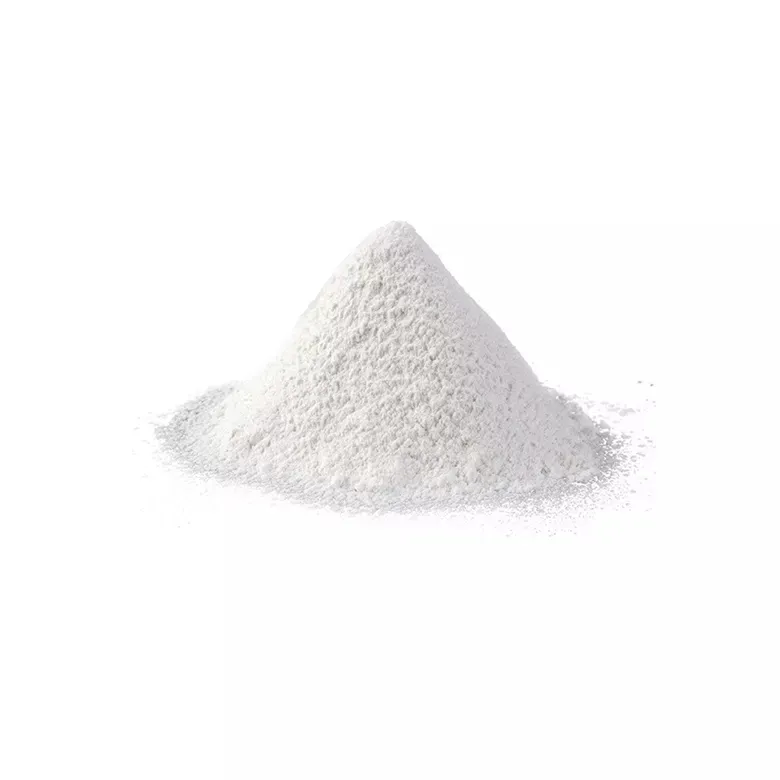Warning: Undefined array key "title" in /home/www/wwwroot/HTML/www.exportstart.com/wp-content/themes/1198/header.php on line 6
Warning: Undefined array key "file" in /home/www/wwwroot/HTML/www.exportstart.com/wp-content/themes/1198/header.php on line 7
Warning: Undefined array key "title" in /home/www/wwwroot/HTML/www.exportstart.com/wp-content/themes/1198/header.php on line 7
Warning: Undefined array key "title" in /home/www/wwwroot/HTML/www.exportstart.com/wp-content/themes/1198/header.php on line 7
- Afrikaans
- Albanian
- Amharic
- Arabic
- Armenian
- Azerbaijani
- Basque
- Belarusian
- Bengali
- Bosnian
- Bulgarian
- Catalan
- Cebuano
- China
- China (Taiwan)
- Corsican
- Croatian
- Czech
- Danish
- Dutch
- English
- Esperanto
- Estonian
- Finnish
- French
- Frisian
- Galician
- Georgian
- German
- Greek
- Gujarati
- Haitian Creole
- hausa
- hawaiian
- Hebrew
- Hindi
- Miao
- Hungarian
- Icelandic
- igbo
- Indonesian
- irish
- Italian
- Japanese
- Javanese
- Kannada
- kazakh
- Khmer
- Rwandese
- Korean
- Kurdish
- Kyrgyz
- Lao
- Latin
- Latvian
- Lithuanian
- Luxembourgish
- Macedonian
- Malgashi
- Malay
- Malayalam
- Maltese
- Maori
- Marathi
- Mongolian
- Myanmar
- Nepali
- Norwegian
- Norwegian
- Occitan
- Pashto
- Persian
- Polish
- Portuguese
- Punjabi
- Romanian
- Russian
- Samoan
- Scottish Gaelic
- Serbian
- Sesotho
- Shona
- Sindhi
- Sinhala
- Slovak
- Slovenian
- Somali
- Spanish
- Sundanese
- Swahili
- Swedish
- Tagalog
- Tajik
- Tamil
- Tatar
- Telugu
- Thai
- Turkish
- Turkmen
- Ukrainian
- Urdu
- Uighur
- Uzbek
- Vietnamese
- Welsh
- Bantu
- Yiddish
- Yoruba
- Zulu
অক্টো. . 15, 2024 00:11 Back to list
Current Trends and Insights on Xylitol Pricing in the Market
The Rising Demand and Prices of Xylitol An Overview
In recent years, there has been a remarkable shift in consumer preference towards healthier alternatives in the food and beverage industry, which has significantly impacted the market for sugar substitutes. One such substitute that has gained considerable attention is xylitol, a sugar alcohol used primarily for its sweetening properties. The price of xylitol has been fluctuating, influenced by various factors including demand, production costs, and health trends.
Understanding Xylitol
Xylitol is a natural carbohydrate that is found in many fruits and vegetables. It is commonly extracted from birch wood or corn cobs and is known for its sweetness, which is comparable to that of sucrose (table sugar) but with fewer calories. The unique characteristic of xylitol is its low glycemic index, which makes it an appealing option for diabetics and those looking to manage their blood sugar levels. Additionally, xylitol has been recognized for its dental health benefits, as it can inhibit the growth of harmful bacteria in the mouth, reducing the risk of cavities and promoting oral hygiene.
Market Demand
As health consciousness among consumers continues to rise, the demand for sugar alternatives like xylitol has surged. This is particularly evident in the growing popularity of low-sugar and sugar-free products, not only in personal care and dental products but also in food and beverages. From chewing gum and mints to baked goods and diet sodas, xylitol's use as a sweetener is becoming ubiquitous.
This rising demand has put upward pressure on xylitol prices
. According to market research, the global xylitol market size has shown a promising growth trajectory due to increasing consumer awareness regarding the health benefits associated with sugar alcohols. As xylitol's presence in health foods and natural products expands, manufacturers are keenly aware of the need to balance cost and accessibility to stay competitive.Production Costs
xylitol price

While the demand for xylitol is growing, the production process presents challenges that can also influence its pricing. The extraction and manufacture of xylitol require specific technology and raw materials, which can lead to fluctuating production costs. The primary sources of xylitol—birch wood and cornstarch—are impacted by agricultural trends, climate conditions, and market conditions of raw components.
Additionally, the environmental impact associated with sourcing these materials has led to increased scrutiny and the necessity for sustainable practices, which can further affect production expenses. Any significant change in raw material prices can cascade into the final price of xylitol, making it susceptible to market volatility.
Competitive Landscape
The xylitol market is characterized by a competitive landscape with numerous local and international players. Companies are investing in research and development to innovate and optimize production processes to enhance yield and reduce costs. This competition can sometimes moderate price increases, but it can also lead to price wars, impacting market dynamics significantly.
Moreover, the rise of alternatives, such as erythritol and stevia, poses a competitive risk to xylitol. As more consumers explore various low-calorie sweeteners, the pressure on xylitol producers to maintain their market share increases, which could lead to fluctuations in prices based on their strategy to retain or expand their customer base.
Future Outlook
Looking ahead, the outlook for xylitol prices appears to be influenced heavily by continuing health trends, consumer preferences for natural substitutes, and advancements in production techniques. As education around sugar consumption grows, more individuals are likely to seek healthier sweetening options, which could sustain the demand for xylitol. Conversely, any disruption in the supply chain—from raw material shortages to changes in agricultural practices—may exert upward pressure on prices.
In conclusion, the dynamics surrounding xylitol pricing are complex and multifaceted, driven by rising demand, production factors, and competitive pressures. As consumers increasingly prioritize health-conscious choices, the landscape for xylitol may evolve, potentially leading to new market opportunities while presenting challenges for suppliers. The future of xylitol pricing will not only reflect these trends but also the ongoing innovations in the health food industry.
Latest news
-
Certifications for Vegetarian and Xanthan Gum Vegetarian
NewsJun.17,2025
-
Sustainability Trends Reshaping the SLES N70 Market
NewsJun.17,2025
-
Propylene Glycol Use in Vaccines: Balancing Function and Perception
NewsJun.17,2025
-
Petroleum Jelly in Skincare: Balancing Benefits and Backlash
NewsJun.17,2025
-
Energy Price Volatility and Ripple Effect on Caprolactam Markets
NewsJun.17,2025
-
Spectroscopic Techniques for Adipic Acid Molecular Weight
NewsJun.17,2025

